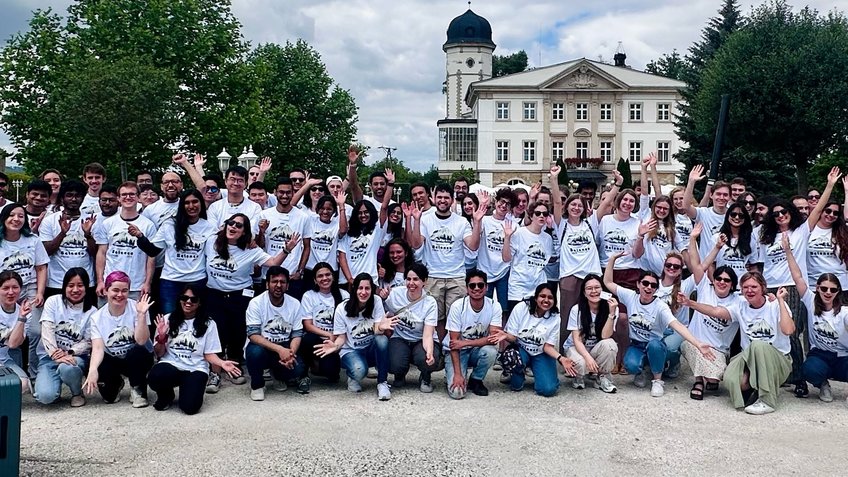
Scientific Orientation
Living systems are enormously complex. The Research Mission of the IMPRS is to advance our mechanistic understanding of how cells form tissues. In other words, answering the question: how do the properties of tissues emerge from the interactions of their cellular components, and how do these cellular properties, in turn, arise from the interactions of individual molecules?
Understanding Emergent Properties of Living Systems Across Scales
The problem of emergence — specifically, how resilience, robustness, and precision emerge from molecular interactions and are propagated across scales — will be a focal point in biology for decades to come. Emergent properties exhibit similar physical and mathematical principles regardless of the scale. Foundational discoveries by IMPRS groups in celluclar biophysics and molecular motors and the biophysics of of phase separation and molecular condensates are a good example of the ethos of this research mission. Unraveling these principles is the holy grail for achieving a multiscale understanding of the biological principles governing tissue and cell organization.
An added extra dimension to this problem is the question as to which and how many of these emergent properties are universal across the tree of life and how many are species-specific.
Advances in the development of human in vitro organoid models pioneered by IMPRS groups, provide us now with the unprecedented opportunities to begin incorporating the study of human tissues into our research program. This addition holds the potential to enable IMPRS researchers to unveil novel emergent properties of human development, human adult tissue homeostasis and the distinct emergent properties of disease. These combined with the breath of model systems used in our program will allow us to uncover which emergent properties and principles are universal and which are human-specific.
The complexity of living systems, though, continually challenges our analytical capabilities. The need for appropriate physical and computational models to describe emergent properties at the cellular and tissue levels is clear, however it is not sufficient. By expanding the focus of the IMPRS to include mathematics with the arrival of the new director Prof. Heather Harrington, we will be able to cover this gap. Mathematical techniques that bridge different levels of organization, from genes to tissues, will help quantify spatial organization and predict biological mechanisms where biophysics and computer science fall short.
The collaborative track record of IMPRS groups demonstrates the capacity of MPI-CBG, CSBD, and MPI-PKS to drive scientific discoveries in this area. Achieving success necessitates maintaining the previous areas of scientific inquiry—namely Biology, Chemistry, Biophysics, and Computer Science—while incorporating Mathematics as a new thematic focus to address some of the most challenging problems in biology.